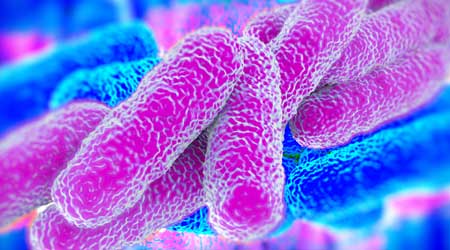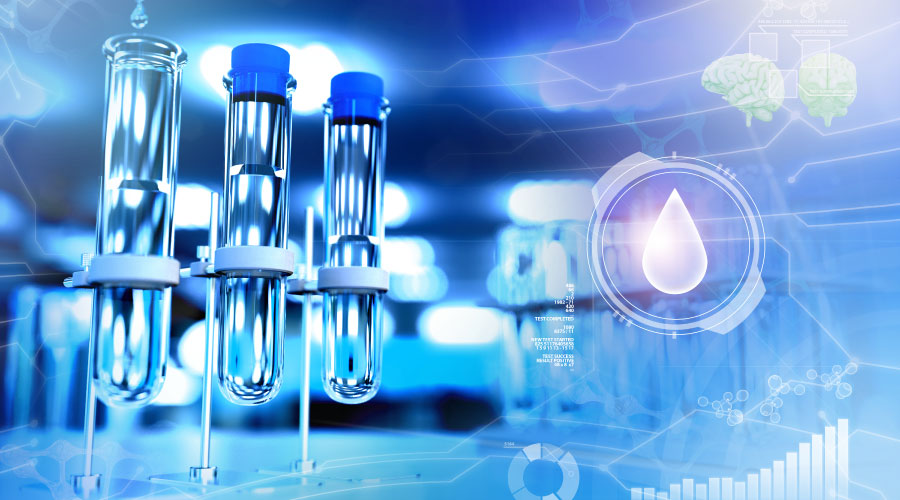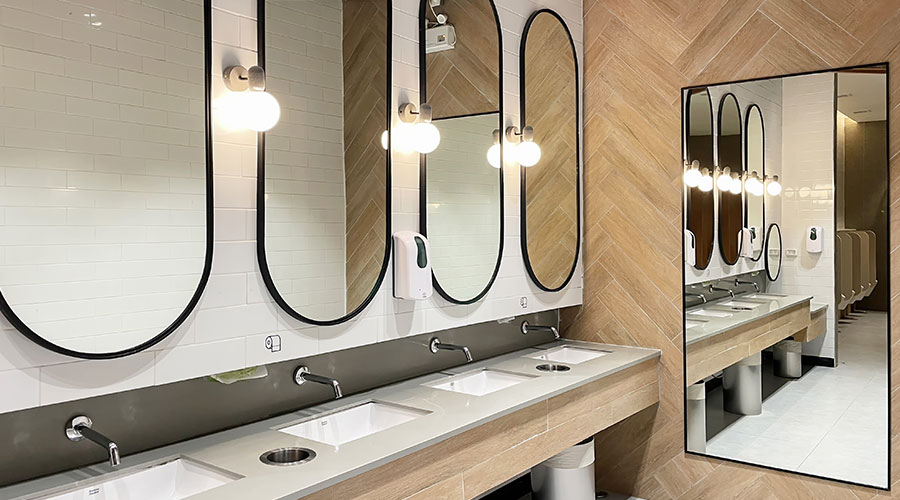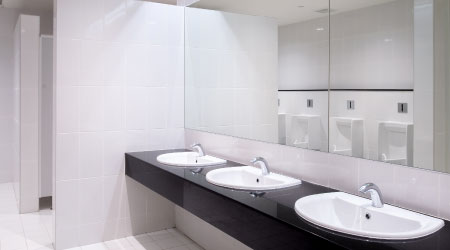 The coronavirus and COVID-19 pandemic has swept across the nation, but Legionnaires’ disease remains a difficult challenge for maintenance and engineering managers.
The coronavirus and COVID-19 pandemic has swept across the nation, but Legionnaires’ disease remains a difficult challenge for maintenance and engineering managers.Legionnaires' Disease: Detection and Treatment Considerations
Preventing Legionnaires’ disease remains a top priority in effective plumbing and restroom maintenance
An effective water-treatment program to prevent the formation of Legionella bacteria in facilities will reduce bacterial entry into the water supply, reduce the concentration of bacteria once in the supply and reduce bacterial proliferation.
Managers can choose from any number of programs, processing technologies and other methods designed to be effective against the waterborne Legionella bacteria. The U.S. Environmental Protection Agency (EPA) recognizes the issues around potable water treatment and Legionella and offers these treatment categories:
• thermal or supplemental chemical disinfection: maintaining temperatures in hot and cold systems and using a secondary disinfection
• non-chemical disinfection: ultraviolet light and potential ozone generators
• point-of-use filtration
• inline filtration
• remediation.
It is preferable to apply treatments where they will do the most good, which is at the source or a common distribution location. If a source or common location is not available, then treatments should be applied at the point of use. Managers need to remember that once the source is treated, the problem still might not be solved. Legionnaire bacteria can be tenacious.
Working with the water-treatment vendor can ensure potable and non-potable water systems are at their most efficient, minimizing any fouling and especially microbial. For example, some cooling-tower treatments might call for alternating a combination of biocides to be most effective.
Managers also can consider water and energy reduction and reuse, both of which save on treatment but not always without drawbacks. Following plumbing design requirements for low-flow systems – with the right temperatures and possible stagnant flow – might create a situation favorable for bacterial growth. For some processes non-potable gray water can be reused.
Managers and technicians should focus on control and prevention of Legionella-friendly contaminated water sources, which means that in the event of an outbreak, they need to leave the specifics of case identification to those with the expertise. But they must be prepared to show water-program testing results and logs. With an outbreak, even one incident, managers and staff will need to be available as a resource to the authority having jurisdiction, which is likely to be a representative of the local health department.
One case of Legionnaires’ disease can be enough to tie up physical plant resources, especially when it comes to clean-up. Properly managed and documented water systems can help avert damage to a manager’s image, lost revenue and costly litigation that often follows an outbreak. Following and documenting, which would have probably paid for themselves, more than offset the cost of a water-management program. The lesson is to be prepared, be diligent and be well.
Doug Yon, P.E., CEM, CEP, CDSM, is a project manager with Facility Engineering Associates, www.feapc.com.
Related Topics:














